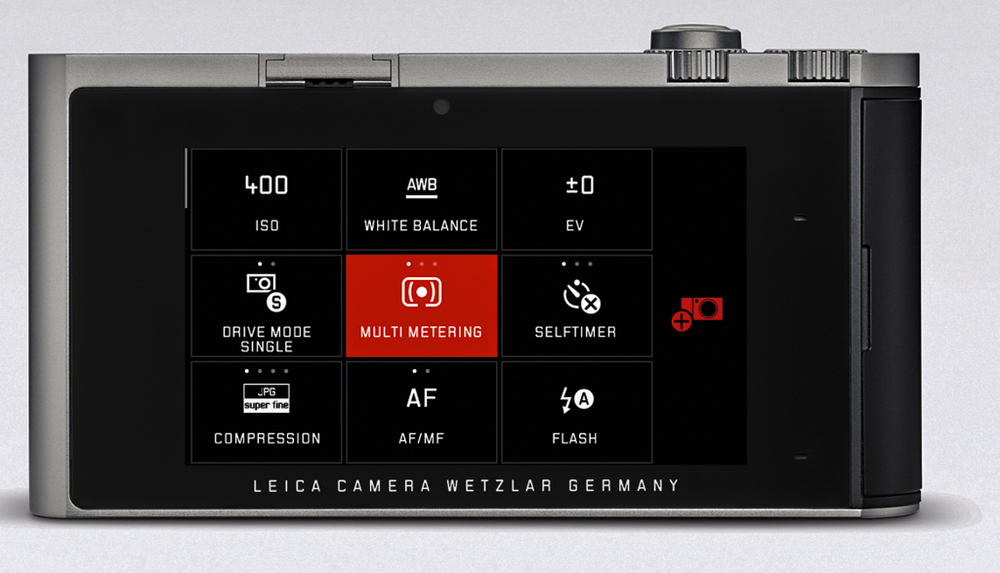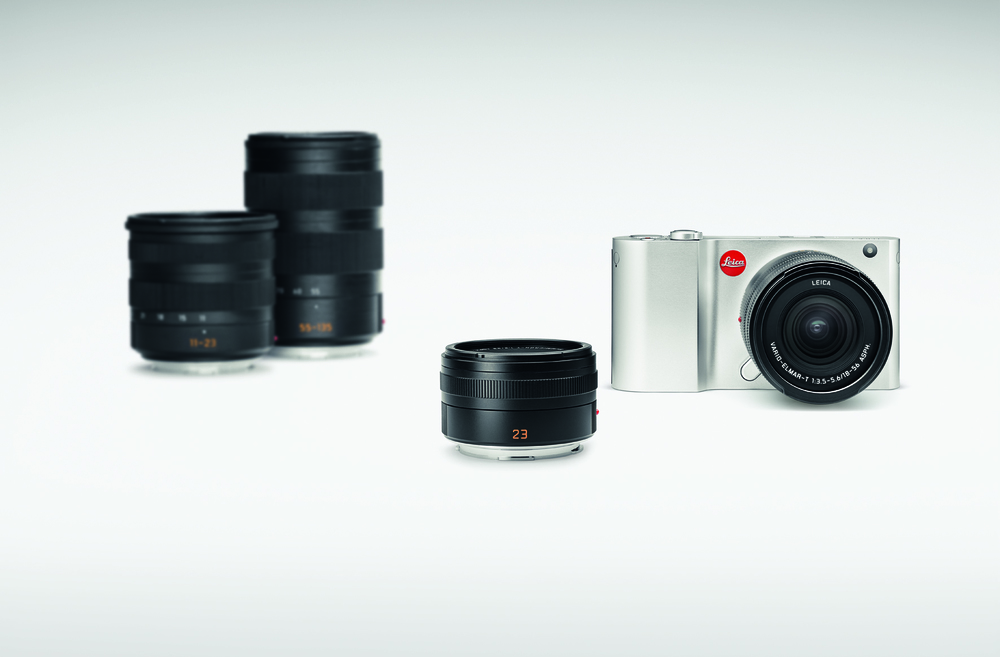
The Leica T, much to everyone’s surprise, is a ground-breaking camera, not just for Leica but for the entire photographic industry. The biggest surprise is that conservative old Leica has leap-frogged the competition and produced a camera that is as radical in concept as was the iPhone in 2007. If Apple were to make a camera, then this could be it to a T. Swap the red dot for a white fruit and few would doubt that it was another creation from the Jony Ive studios in Cupertino.
I believe the Leica T is the first generation of a paradigm shift in the way we control and interact with our cameras. – Ming Thein
Who would have imagined that the first touchscreen camera with only four physical controls would come from Leica of all people?
Most of the reviews I read yesterday―and I read everything I could find—agree that the camera is a triumph. The ergonomics are good, that gorgeous aluminium chassis is pure MacBook Pro and the touchscreen has the predictability and ease of use of an iPhone. The two lenses are also well received, with the zoom being compared favourably with the lens of the X Vario; that is praise indeed.
Buttons man
Ask me last week and I would have said I was a buttons man through and through. I have even cast envious eyes in the direction of the Fuji X-T1 with its button or dial for everything. I was definitely not impressed by touch screens although, I have to say, I did take to Canon’s system on the rather underrated EOS M.
Now I am not too sure I need all those buttons. My mind is rapidly moving away from button pressing to icon touching and I am dying to get my hands on the new camera. I genuinely believe that this unique, spartan design, the very antithesis of most modern cameras, is going to be successful.

I can see many advantages in having a software-driven interface that does not rely on physical buttons. It is just that until I saw the new Leica I had not imagined that it could be implemented in a way that would attract the enthusiast photographer. Yet I am immediately attracted.
After all, buttons and dials are not aways everything they are cracked up to be. Many new cameras are criticised for placement of buttons, for over-sensitive D pads, for lack of direct function control. The Sony A7R is a case in point. The D pad is far too sensitive and, after countless erroneous activations of drive mode and white balance settings, I disabled both left and right sides of the pad. Fortunately this is possible on the Sony; it isn’t always so. Again, on the Sony, there is no quick method of choosing monitor and viewfinder options. Opt to use the viewfinder exclusively and the only way to get back to using the screen, or to achieve auto selection, is to plough through the menus. It is very frustrating. In a touchscreen environment similar niggles, and almost every aspect of the operation of the camera, can be solved easily by software update.
In case you think I am pillorying the Sony, I am not. It is generally a very well-designed camera. The examples are specific but the control problem is more or less universal with modern cameras.
Another problem with physical controls is that the camera manufacturer has to decide which features to assign to buttons and which to leave within the menus. There is always compromise and, invariably, there are physical controls that I never use but menu options for which I would prefer easier access.
All of these problems are addressed with a customisable icon-based touchscreen.
Touchy feely
Touchscreen control, provided it works as intuitively as the screen of a smartphone (and testers say that on the T it does) could be the future even for enthusiast and pro cameras. Furthermore, software updates will not be hidebound by a plethora of physical controls. In theory, buyers of a 2014 Leica T could benefit from improvements in Leica’s next-generation T or even T3 operating systems. This is Apple’s way with the iPhone: Everyone gets the OS updates regularly and an old iPhone 4 works in very much the same way as the latest iPhone 5S.
Whatever reservations we have about software-led control for higher-end cameras, I believe it will come eventually and I am convinced the introduction of the T will be seen as a milestone in camera design and technology. As Ming says, the T is a paradigm shift. The T may not be perfect but it is surely showing us how it can be done.
M Touch
All the reviewers have told us that the camera is not targeted at the enthusiast but towards a rather nebulous group of rich consumers: The sort of people who think nothing of buying a £5,000 Rolex from Heathrow when setting off on vacation. I take the point but I am not convinced. Approaching with an open mind, traditional Leica buyers, despite their initial misgivings, will soon be won over by the T.
Here is a particularly detailed and informative review by David Farkas, owner of the Leica Store Miami.
